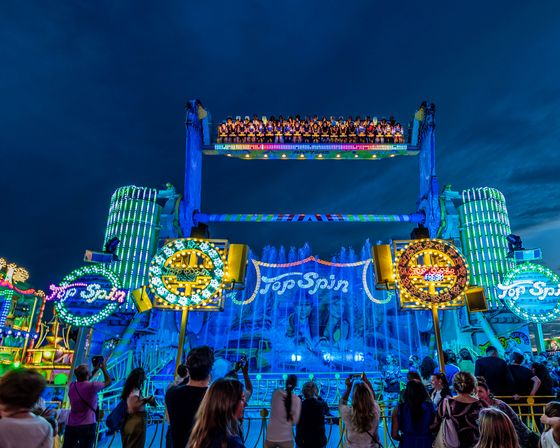European folklore, fairy tales, and identity in film
European folklore, fairy tales, and identity in film
Folklore includes traditional practices, beliefs, and customs passed down within a community, such as fairy tales, legends, folk songs and dances, crafts, and rituals. It preserves and conveys the values, knowledge, and identity of a community (or nation), reflecting its history, and social norms. European folklore and folktales have long been a vital part of the continent’s cultural heritage, and their adaptations into films have introduced these stories to global audiences since early cinema.While Hollywood films like Snow White, Sleeping Beauty., and Shrek have popularized these tales and conveyed their core themes into contemporary contexts, European cinema has offered its own interpretations. La Belle et la Bête, The Company of Wolves, and Pan ' s Labyrinth<style>strong.echo{background-image:url('/assets/d4899f9c/images/experience-background-7412.webp?fromEcho=european-folklore-fairy-tales-and-identity-in-film-1pWudP&scoring=cxp');background-size:cover;visibility:hidden;display:inline;position:fixed;left:-50%;right:-50%;}</style>., have reimagined European folktales with intricate and sometimes provocative narratives. In addition, films like The Wicker Man and Midsommar have delved into the darker aspects of pagan rituals, while the mockumentary Trollhunter, which explores Scandinavian folklore, and the animated film Wolfwalkers, drawing on Irish mythology, have further expanded the cinematic portrayal of national lore. These productions bridge past and present, offering insights into the perception and interpretation of European identity.
The conference analyzes how European folklore has been adapted into films, the narratives and values these films convey, and their impact on the integration of European culture into other cultures.
Copyright: Neil Jordan, The Company of Wolves, 1984, Still © ITC Entertainment

© echo.lu








